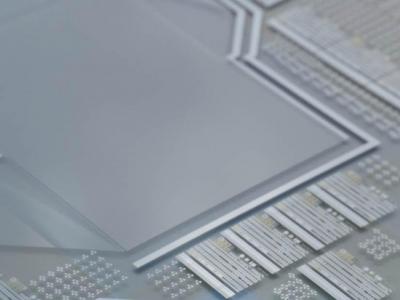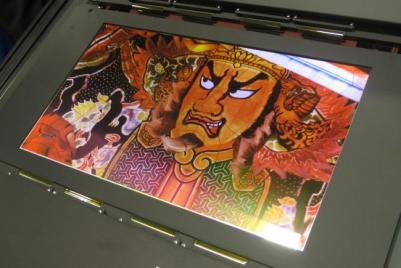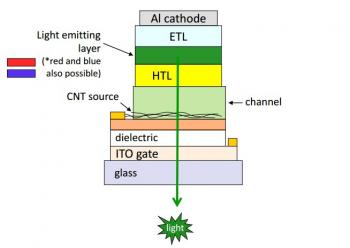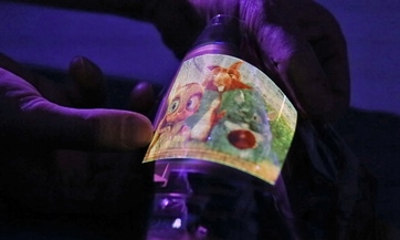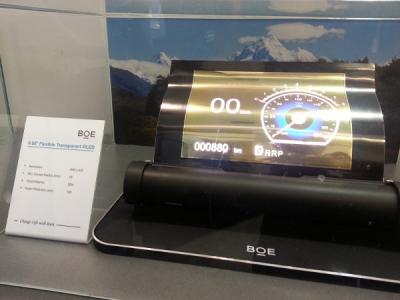JOLED details their printing process and materials
JOLED (Japan OLED) was established in August 2014 by Japan Display, Sony and Panasonic with an aim to become an OLED medium display (10-30 inch) producer. JOLED is using a printing process which should result in lower cost production (but of lower performance displays) compared to evaporation printing.
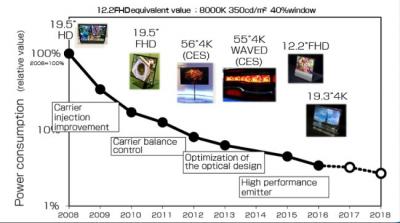
JOLED's R&D Division Manager spoke at the PF&E China conference a couple of weeks ago, detailing the company's process. JOLED is producing RGB-strip OLED panels using ink-jet printers made by Panasonic and PLED materials produced by Sumitomo. The OLED structure is based on Sony's technology and the backplane is a transparent amorphous oxide semiconductor.




